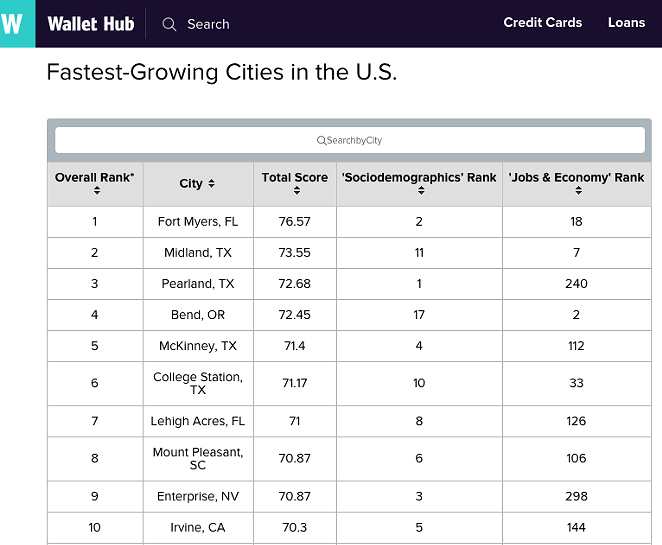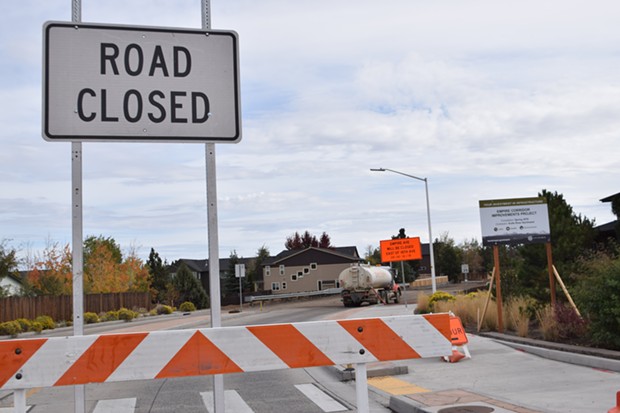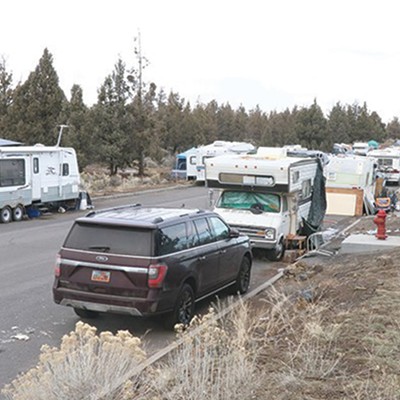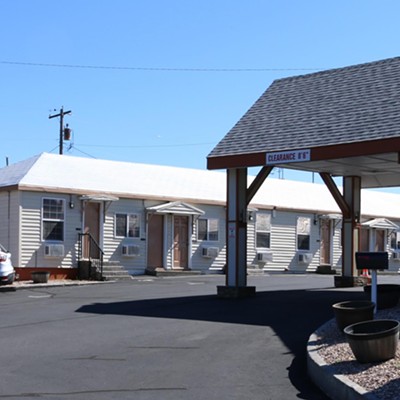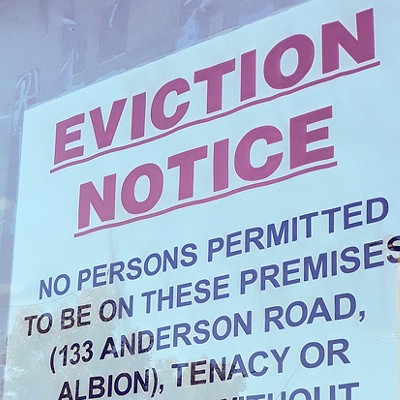Out of the 515 cities studied, Bend had high numbers in many areas, including job growth (1st), median household income growth (21st), increase in number of businesses (17th), increase in startups (6th) and growth in regional GDP per capita (8th).
Where the city didn't rank high: poverty rate decrease. In that category, Bend ranked 239th.
According to Scott Cooper, executive director of NeighborImpact, that could be because Bend is doing better than the rest of the state—and the county—in terms of residents living under the poverty line.
"When you look at the bigger set of numbers as to where we rate in poverty rate compared to the rest of the country and the state, then you begin to understand what's happening there," Cooper said. "The overall poverty rate for the city of Bend itself [in 2017] is 7.8 percent. That compares to a US rate of 13.4, an Oregon rate of 13.2 and a Deschutes County rate of 9.4."
But the poverty level isn't itself a good indication of how many men, women and children are struggling in Central Oregon. The poverty line is determined by the fiscal percentage of people living below the poverty level, according to the U.S. Census. That poverty level is determined by costs in 1959, and is uniform across the country.
"Things have changed a bit since 1959," Cooper said. "Mom stayed home. You didn't have child care expenses. You have one-car houses. Housing wasn't very expensive, transportation wasn't very expensive. That's really a terrible measure. The only reason we use that measure is because we don't have another one."
For a family of four living in Bend, the 2018 poverty rate is $25,100.
"I think that it’s pretty clear that a family of four trying to live in Bend on $25,101, while technically not in poverty, would still be struggling massively," Cooper said. "Thus, I don’t put much stock in the raw data around poverty. True poverty is on the decline when people don’t need to ask us for help and support paying for basics. On that basis, Central Oregon is still home to plenty of struggling individuals and families."
NeighborImpact manages a collection of services around "basic human needs," and helping people make moves to exit poverty. That includes food, energy assistance, housing, preschool, as well as financial education. The organization serves one in four Central Oregonians each year, or around 55,000 people. In a state like Oregon, providing housing or childcare has additional barriers, because there is not always housing or childcare to provide.
Cooper sees Bend's Urban Growth Boundary—a state-controlled process that sets limits on where the city can grow, in order to limit sprawl—as one factor that affects housing stock in Central Oregon.
With additional multifamily housing being built around the region, housing could become easier to find in the next few years. But finding housing is only the first step. Being able to afford that housing is another factor.
"The cost of housing is hurting people's household budgets so, for example, we should have seen numbers fall in our food bank by now," Cooper said. "Post-recession with this kind of unemployment, we should not be feeding 22,000 people a month. But what's happening is people have to go get food because they spent all they've got on housing."
Cooper has seen significant investments by the state in the last year for services like housing and childcare. But he said they can't keep up with market conditions: "There is no housing to support people in. That's the fundamental problem, that it doesn't matter how much more the state gives you if you can't find a rental that people can take at a reasonable rate that the state would be willing to subsidize."

